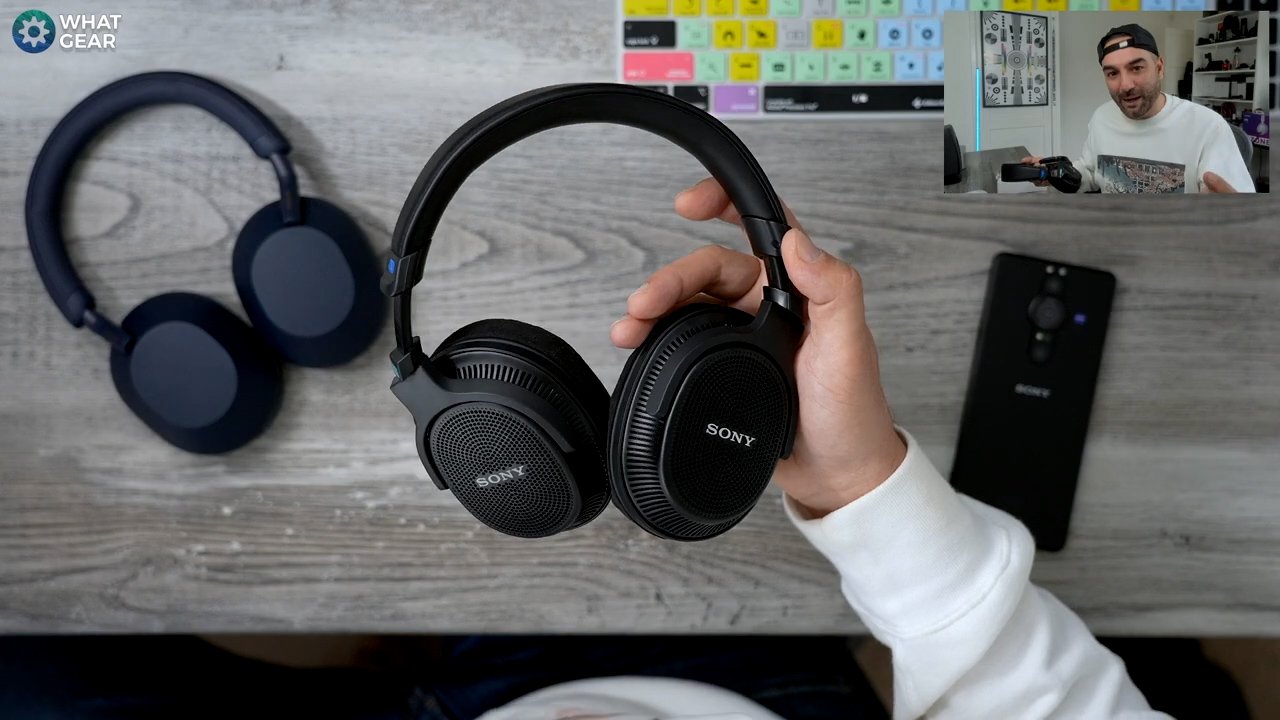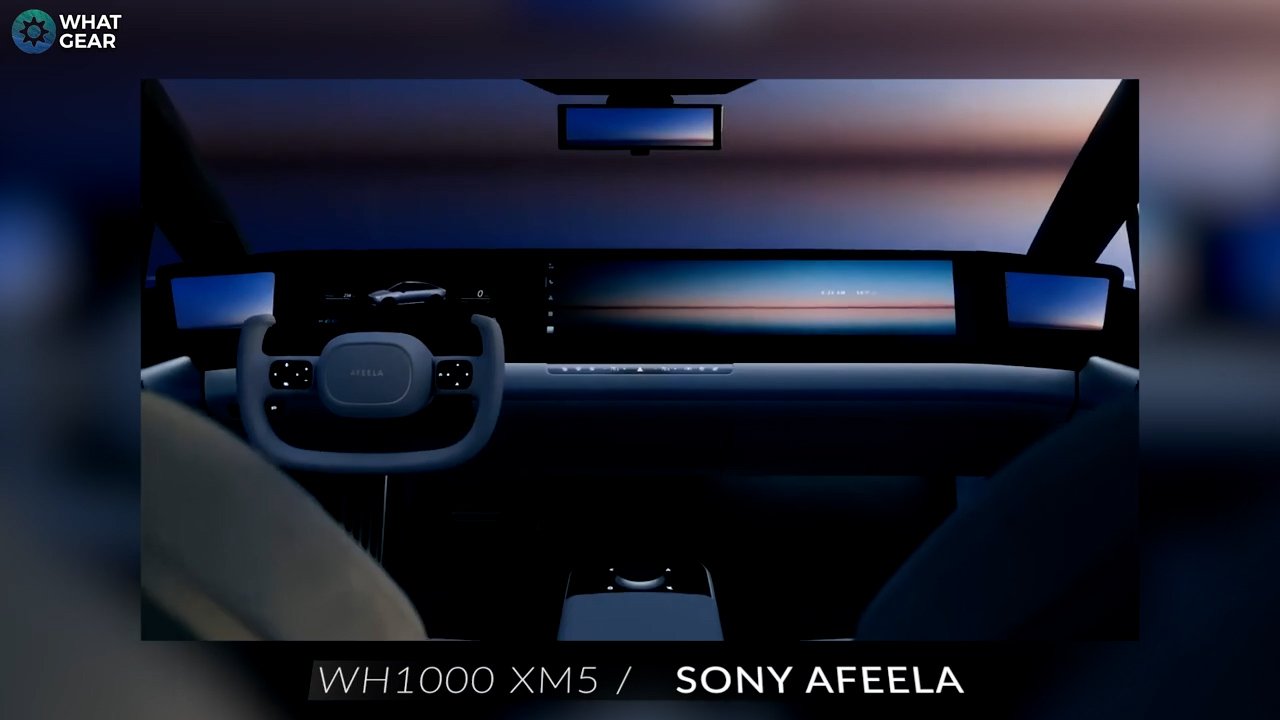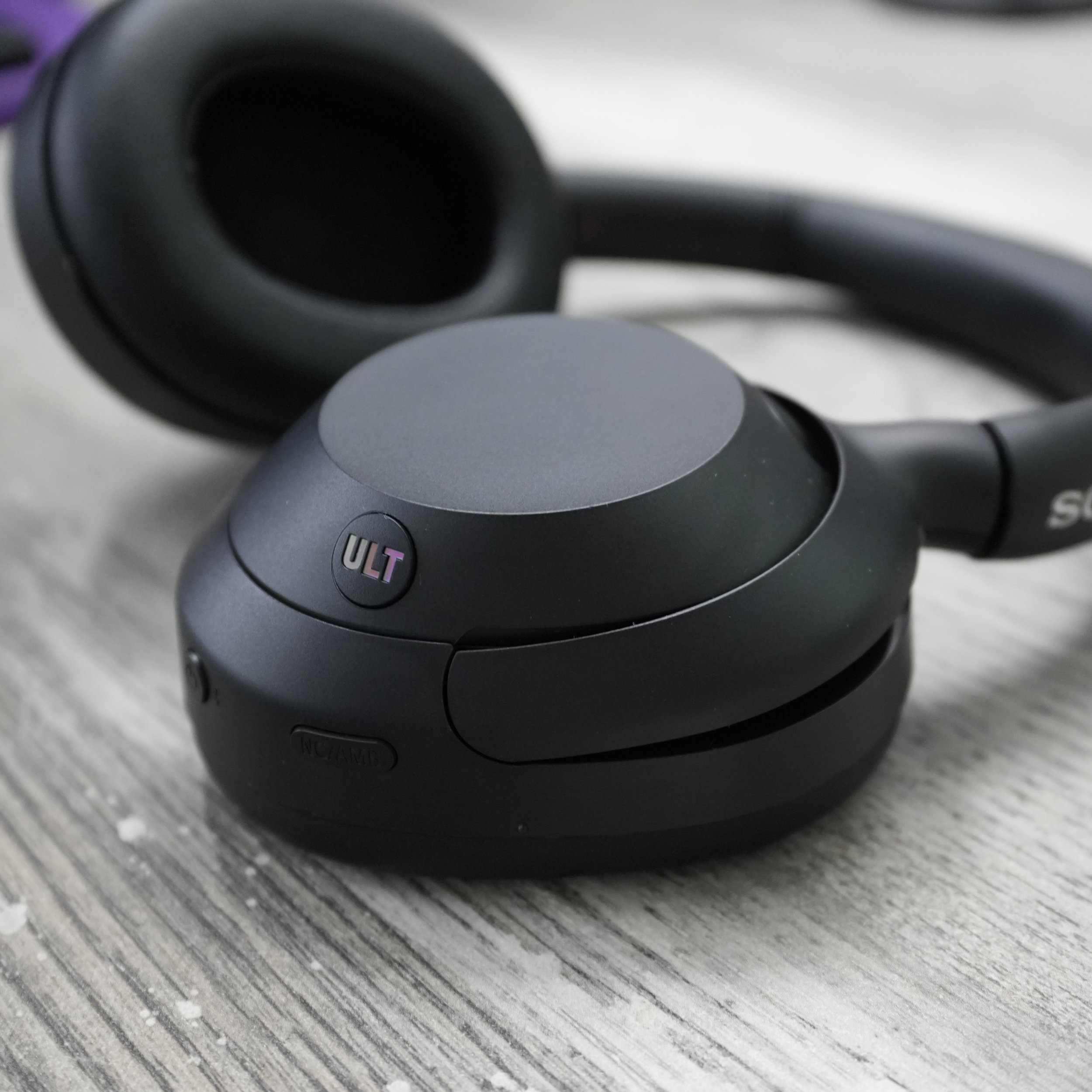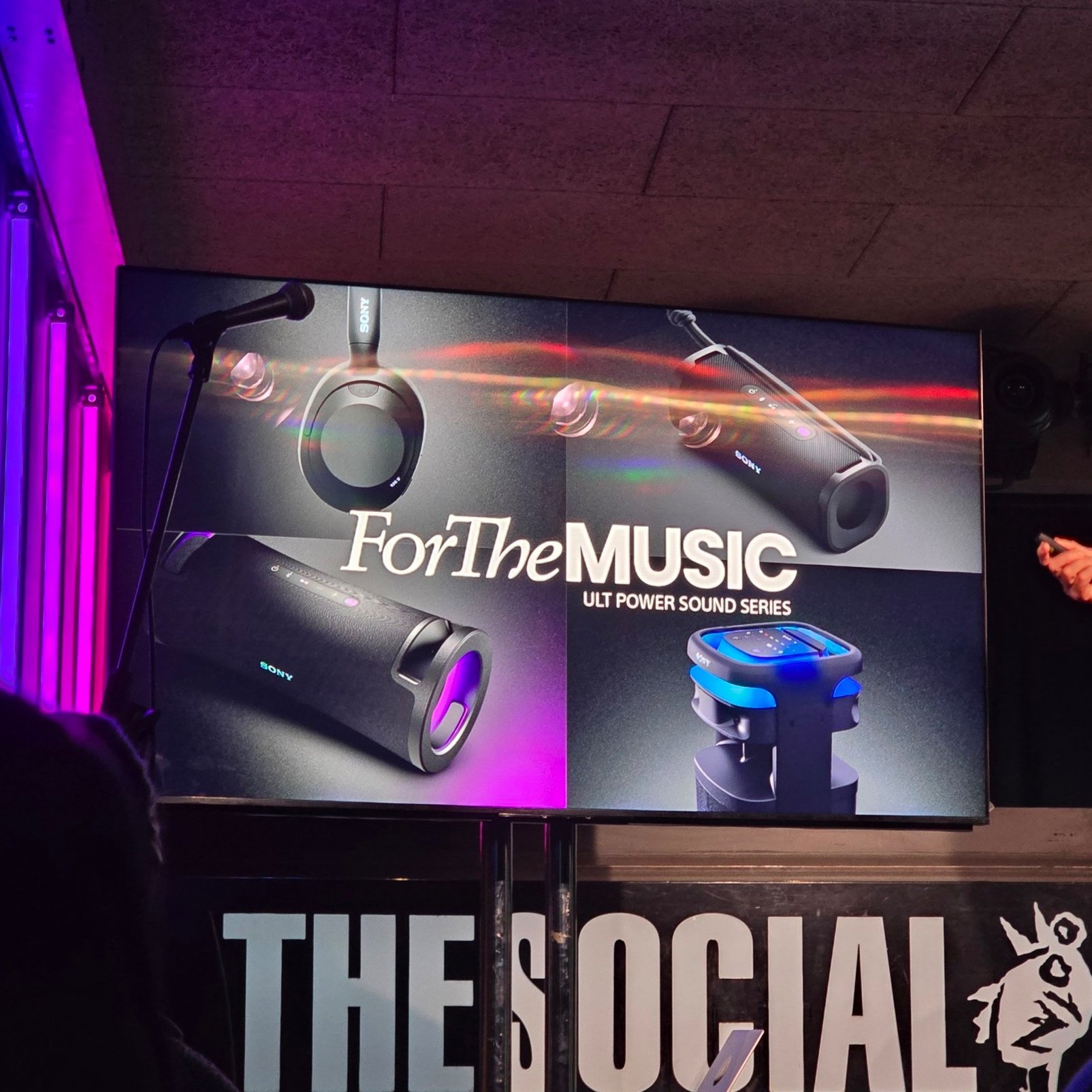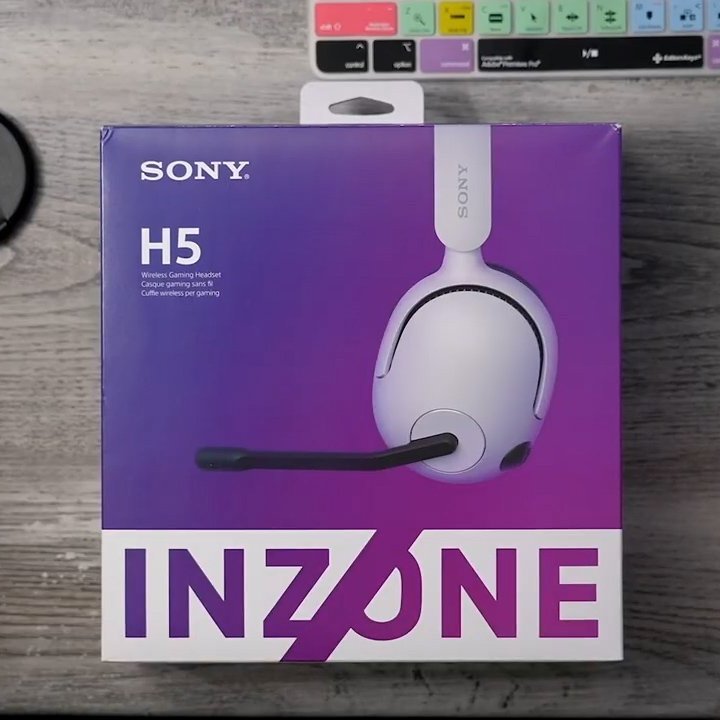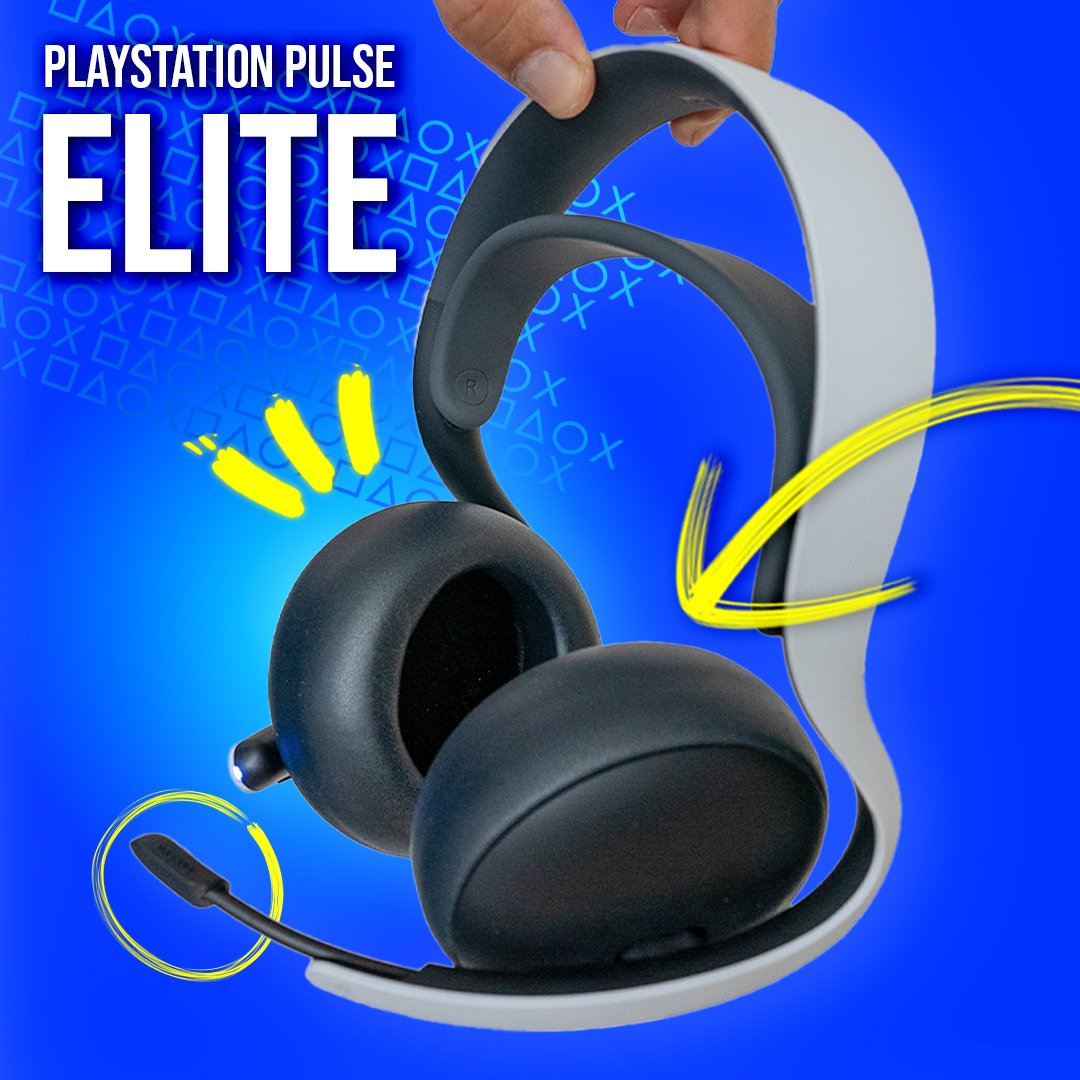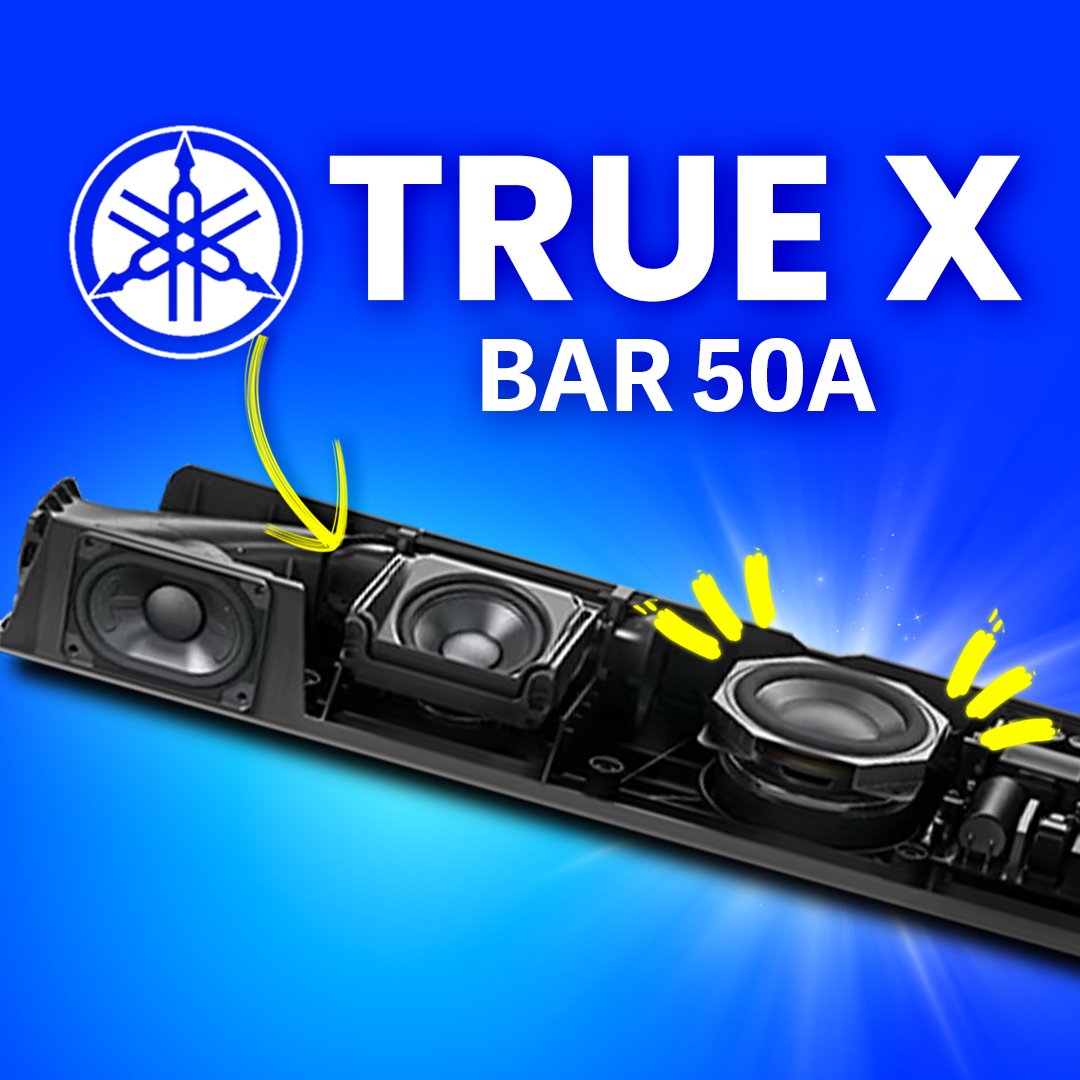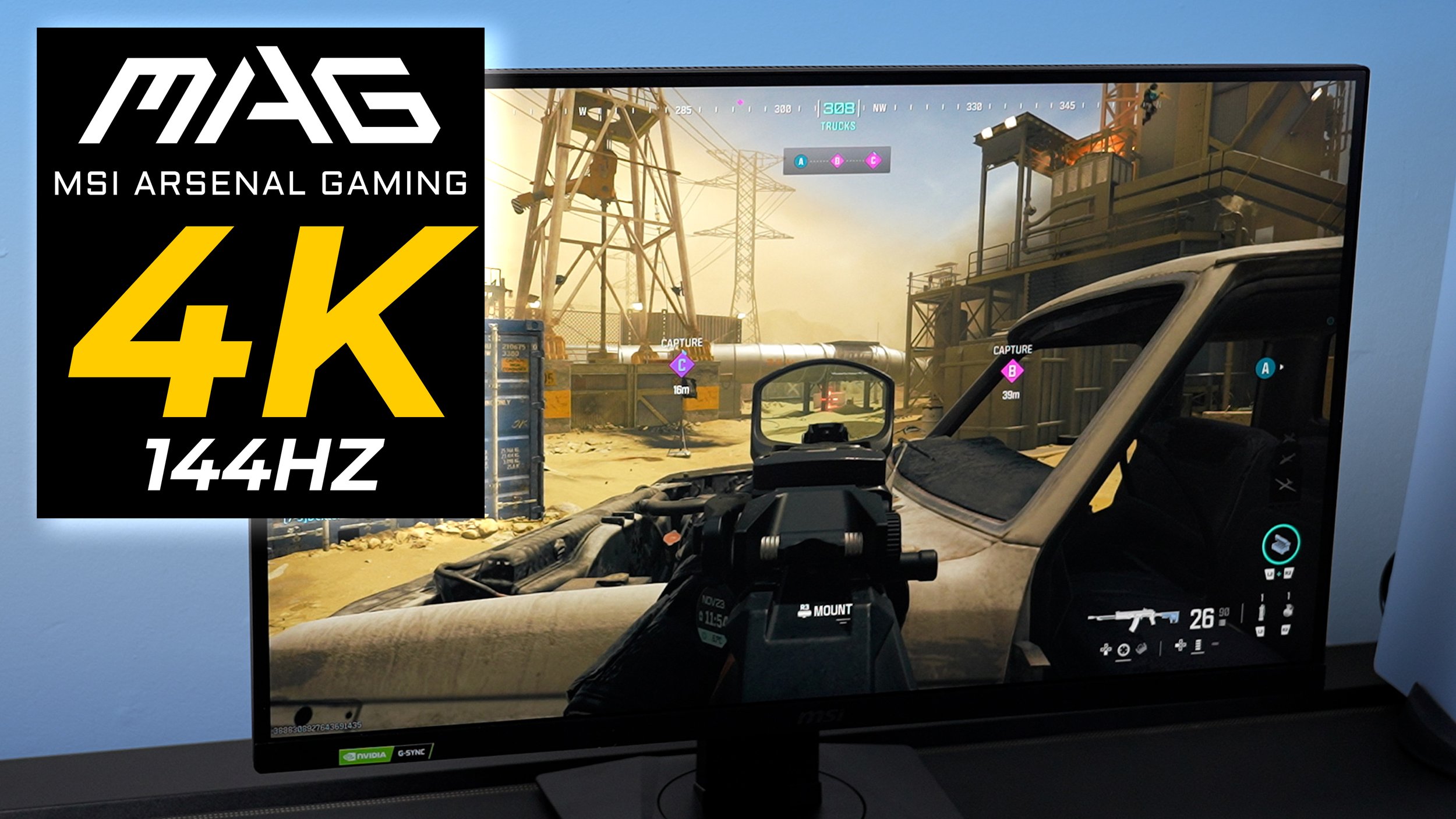Sony MDR MV1 - A New Legendary Headphone
/Let me tell you something you already know. Music deserves Respect, but did you know that's what Sony's MDR code name stands for. And you know Sony loves a good code name. Like the very popular WH1000 XM5.
Anyway these are the Sony MDR MV1, the successor to Sony's legendary MDR 7506 studio monitor headphones, which were initially released more than 30 years ago.
The MDR 7506 is still considered an industry standard & actually retail at under £100 right now, making them a true hidden gem if you've never heard of them before. But, to most audiophiles they are quite iconic.
So think of the 7506 like the classic Mitsubishi Lancer Evolution 1 and the MV1 is like the newer Mitsubishi Evo X l built for the modern day petrol heads with all the technical advancements. At the time of this video, the price on the MDR MV1 is £339.
If you're more familiar with Sony consumer headphones like the Sony WH-1000XM5, you might be wondering how they stack up. And if the MV1’s are worth the few extra quid. Compared to the MV1s, the XM5s are more like an electric vehicle with the bells and whistles, EQs, mics, BT, and advanced noise-cancelling software.
The Sony professional MDR-MV1 is more about the RAW audio qualities than the software. And I will do an unscientific audio comparison between the MV1 & XM5 so you can hear the difference. So stick around for that.
You may be curious whether these new professional headphones surpass the MDR 7506 model and if Sony withheld specific tech from models like the XM5s for this their new professional-grade headphones. Let me show you.
Build quality
So, let's run through the key design aspects and changes Sony has made here on the MV1s. When you first pick up the MDR MV1, you'll notice how lightweight they are. You might mistakenly think that they are made of plastic.
But they're not; the majority is, in fact, machined aluminium. With precision drilled Perforations on the backs. Making them open back headphones. The popular MDR 7506 is closed back. But does that make these instantly better?
Pros & Cons Of Open Back Headphones
For those of you who are not audiophile might be wondering what the point of open-back headphones is, here are some pros and cons.
Pro number one: Due to the open nature of the earcups, sound waves won't bounce off the insides of the cups and alter the sound signature and your directional perception of the Audio. So, this open style reduces any unwanted spatial resonance. And Sony have tailored very carefully, so that you can pin point directional sounds.
Now, a con. Sound leakage, if you do decide to get some of these and plan to blast some heavy metal on the train on the way to work, yeah, you're going to piss a few people off. If you have these in a professional Studio setup, you wouldn't want to use them while recording vocals, as you could end up with an unpleasant feedback loop.
A huge advantage of open-back headphones is the soundstage. The representation of distance in sound will be more true to life and closer to what you might hear in real life at a live performance.
Another Disadvantage of open-back headphones is that they often lose the sub-bass frequencies and lack power. However, Sony is aware of a common problem with open-back headphones and considered it when designing the new 40mm dynamic drivers for the MV1s.
They have reinforced and redesigned the structure of the diaphragms to help emphasise the low frequencies. They call this the tri-duct structure. So, the bass is much tighter and more present.
The drivers here are far superior compared to the MDR 7506 and XM5. Their frequency response is 5HZ, so there is a very deep sub-bass to 80 kHz, which is very pitched. The 7506 had a range 10Hz to 20Khz. And the XM5 range for 4HZ to 40Hz but with a slightly smaller 30mm driver.
And an interesting fact about frequency response is that some say the average human can only hear a frequency ranging from 20Hz to 20Khz…And thus raises the question of. “Why do headphone manufacturers bother extending the range past that” well I dived into the topic and it seems.
That even though some deep bass lower than 20Hz may not be audible, however you may still be able feel it. And extending out past 20Khz cam allows for the audible range in the higher frequencies to be more bright, accurate and detailed. And if you are an experienced audiophile watching this. Please let a comment and let me know if I completely butchered that explanation.
Sound quality
So this all sounds great on paper, but do they sound in real life? Typically, the sound signature is intentionally flat with professional Studio monitor headphones.
Consumer headphones, like the XM5, Beats, and Bose, have typically been EQ'd to sound a bit warmer and more bassy with a V shaped curve, because that is what most people tend to look for when shopping for headphones. The MDR MV1 being a professional line headphone, They are quite neutral
However Sony seems to have focused more on clarity in the mids and high frequencies. And the expanded frequency range up to 80 Khz certainly helps with this. And you can feel the bass and it certainly offers a good punch but not so powerful that you lose track of your sense or directional Audio.
"And Sony made them like this for that exact reason."
The MDR 7605s were really designed for traditional stereo audio mixing. The MDR MV1 headphones have been designed to master 360 reality audio, spatial Audio, Immersive Audio, and Atmos. This is where audio engineers can accurately place up to 64 audio channels in a 3D space.
These can be above, below, in front, behind, and essentially all around you. And for someone like me, hearing about this. Of course I had to test them out with the PS5 to see if these qualities could help die a little less often on call of duty.
To explain the MV1's sound qualities simply, the MV1's sounds crisp, clear, and detailed, with a nice, tight bass and an amazing sound stage.
When I listened to music with a lot of vocals, I immediately noticed many subtle nuances that I never heard before when testing the popular consumer headphones. And if you test the MV1’s for yourself it'll be an eye opener for you.
Use cases
This brings me to the use cases for Sony's professional Studio monitors. These are some of the most comfortable headphones out there. The soft faux Suede padding is breathable and very gentle on the ears. And can also be replaced if needed.
The clamping pressure is also just right, and the height adjustments are notched and numbered. So comfort is a big win for the MV1s. They are easily some of the most comfortable that I've ever tried. Yes, you could casually listen to music and watch movies with these headphones; however, they are wired headphones only, so if you plan to use them with a phone or tablet, you'll need a USB C for analogue input.
Unless you have a Sony Xperia phone.
And something great about the MV1 is it's surprisingly low Impedance of just 24 ohms. To Explain this simply, the headphones don't require a lot of power to drive them, which means they'll work perfectly with pretty much anything without an amp. Including a PS5 controller or a phone.
That said, they are actually designed to stay in the studio and stay tethered to your computer audio equipment. Given the open-back design, you wouldn't want to get caught in the rain while wearing them.
The fact that there's no short audio cable or Carry case in the box confirms that Sony doesn't want you to take them outdoors. However, as expected, their cable is very premium, and the connectors lock into the headphones firmly. The cable is very long & has a ¼ in jack as standard. However, Sony has a 3.5mm adapter that you can use to wire into almost any audio device or computer.
So, the question is if you're in the market for a new set of headphones. Should you consider the MDR MV1 for £339 if you're not an audio engineer? Or get the tried and true classic MDR 7506…even the consumer-friendly XM5. It depends on one significant factor. What are you going to use the MDR MV1 for?
If you need to prioritise sound quality and audio accuracy as part of your workflow, then that's precisely what these are built for & they will be perfect for you.
If you're a musician or filmmaker who wants to map 360-degree reality audio or Atmos audio at some point, the beauty of the MV1 is that its entire creation is based on accurately mapping spatial audio channels without the overheads of renting out a vast mix theatre. I'm using them for my video editing, which includes some sound mixing, and they're perfect for that.
I also really enjoy listening to Hi-Res audio tracks on them. It's incredible and exciting to hear the difference between MV1s and the usual headphones I test here on the channel. Sony has really set the bar high with the MV1s. The clear difference between them and the legendary MDR 7605 is undoubtedly the passive soundstage and frequency response.
And if you're serious about music, The MDR MV1 deserves your Respect.



